10 Crucial Steps Toward Sound Nonprofit Financial Planning
Successful philanthropy has to come from sound planning in operations and finances. Here is a guide to successful nonprofit financial planning.
There are over 1.5 million nonprofit organizations in the US.
Many people find fulfilling work through starting nonprofits. These organizations often serve philanthropic goals and find creative ways to involve the community around them.
Unfortunately, a handful of these organizations struggle with having sufficient funds for their projects. It's imperative to understand how to successfully manage and grow the finances of a nonprofit if you want to see it succeed.
If you're the creator of a nonprofit organization, make sure to keep reading below. We've provided 10 keys steps of nonprofit financial planning.
1. Build Your Reputation
Show your community you're worthy of successful nonprofit fundraising. Create connections with other organizations in your community, and always be helping others.
Local engagement builds trust in your organization, and people will be more willing to donate and help with your fundraisers. They trust the money is going towards something beneficial.
Whenever your nonprofit spends any money it raised, create documentation to show the donors. Let them know of all the wonderful things their donated dollars did.
2. Create Cushioning
As you work on financial planning, create cushioning within your budget. This cushion will save you whenever you must make an emergency purchase or correct a problem.
It would be naive to suggest your organization will always experience growth and success. Every business experiences emergencies, slip-ups, slow seasons, and financial challenges.
Make those financial challenges easier to face with wiggle room in your bank account.
3. Establish Thorough Accounting Procedures
If it's possible for your nonprofit's budget, hire an accountant. It's important to have someone on the team that understands how to crunch the numbers.
Because many nonprofits aren't able to afford full-time accountants, establish thorough accounting procedures for yourself and other members of the team. Know how to track and analyze data and how to quickly catch bookkeeping mistakes.
Help yourself and the organization by taking online accounting courses or investing in trustworthy accounting software.
4. Look at Past Data
Whether you're planning an event or doing some financial planning, optimism is great. However, don't be so optimistic that you become unrealistic.
Many nonprofit organizations fall into the trap of overestimating their expected nonprofit cash flow because they emotionally feel good about upcoming projects. They forget to look at past data.
Past data will show you common financial trends and common expenses. It can be easy to forget how much everything costs to keep your organization up and running.
5. Set Up Multiple Revenue Streams
Pull your team together to brainstorm multiple revenue streams. Don't be afraid to think outside the box with this. Keeping confined to one set revenue stream can hurt you in the end.
Think of monthly fundraising ideas, local donors, events to host, and sales you can make to raise money. Be careful not to spend more than you make when kicking off a project.
Having multiple revenue streams is also helpful in the case that a project or fundraising idea fails. It's important to get to a place that if you lack in one stream, you're able to remain afloat due to your other sources of income.
6. Accept Failure, Be Flexible
Imagine you had a bike that lost a wheel every time you rode it. You wouldn't ride it very much, right? Don't allow yourself to keep chasing a project if it's not working out for your organization.
Accept defeat in the project, and remain flexible to other ideas. Give something else a try. You'd be surprised at the ideas that end up working in an organization's favor.
Encourage flexibility by hosting frequent brainstorm sessions. Find the healthy balance between routine and spontaneous, fresh ideas.
7. Hold Space for All Leadership Team Members
As you work to create potential nonprofit business models and marketing strategies for your organization, involve your entire leadership team. Explore different ways to build cohesiveness and trust amongst the group.
Show appreciation for everyone's unique skills and perspective, and challenge them to create a motivating environment. Leaving a puzzle piece out of the mix ruins the whole picture.
Schedule individual meetings with your leadership team members to discuss how they feel about the group and their role. If someone seems hesitant to give their opinion when it comes to financial planning, inquire about their reservations.
8. Be Smart With Your Decisions
Remember you're allowed to say 'no' to things. You don't have to accept or run with every project and fundraising idea that comes to the table.
Make well-informed decisions that you believe will positively impact your organization's finances. Leave ample time for detailed planning when putting together a new initiative. Consider finances from all angles.
Did your latest fundraising idea fall short of your expectations? That's okay. You tried it once, and you can say 'no' to it in the future.
9. Show Appreciation to Loyal Donors
Nonprofits rely heavily on donors to support their operations. Always show gratitude for donations, but give special appreciation to consistent, loyal donors.
Host small dinners for your donors, or send them annual holiday cards. Check up on them each month, and create a visible list of loyal donors for the public to check out.
While many donors aren't concerned about having their names printed on a t-shirt or plaque, they do enjoy knowing the nonprofit is grateful for the financial support.
10. Invest in Consulting Services
A financial consultant will help you create a financial roadmap towards success. They'll give you guidance on growing your bank accounts and overcoming financial obstacles.
Financial consulting services act as a financial GPS. Because these services have a major impact on your organization's financial health, invest in a company you can trust.
Always read past customer testimonials and a company's full list of services and offerings before making a commitment.
Business Success 101: Nonprofit Financial Planning
Running a nonprofit is fulfilling but not always easy. Many nonprofit organizations find themselves in financial holes. Learn the key tips to nonprofit financial planning to achieve success.
Encourage transparency, realism, and creativity when planning your finances. Grow as a team, not only as individuals, to reach your organization's financial goals.
Are you in need of consulting services for your nonprofit? Cardinal Consulting can help. Check out our full list of services, and contact us today.






